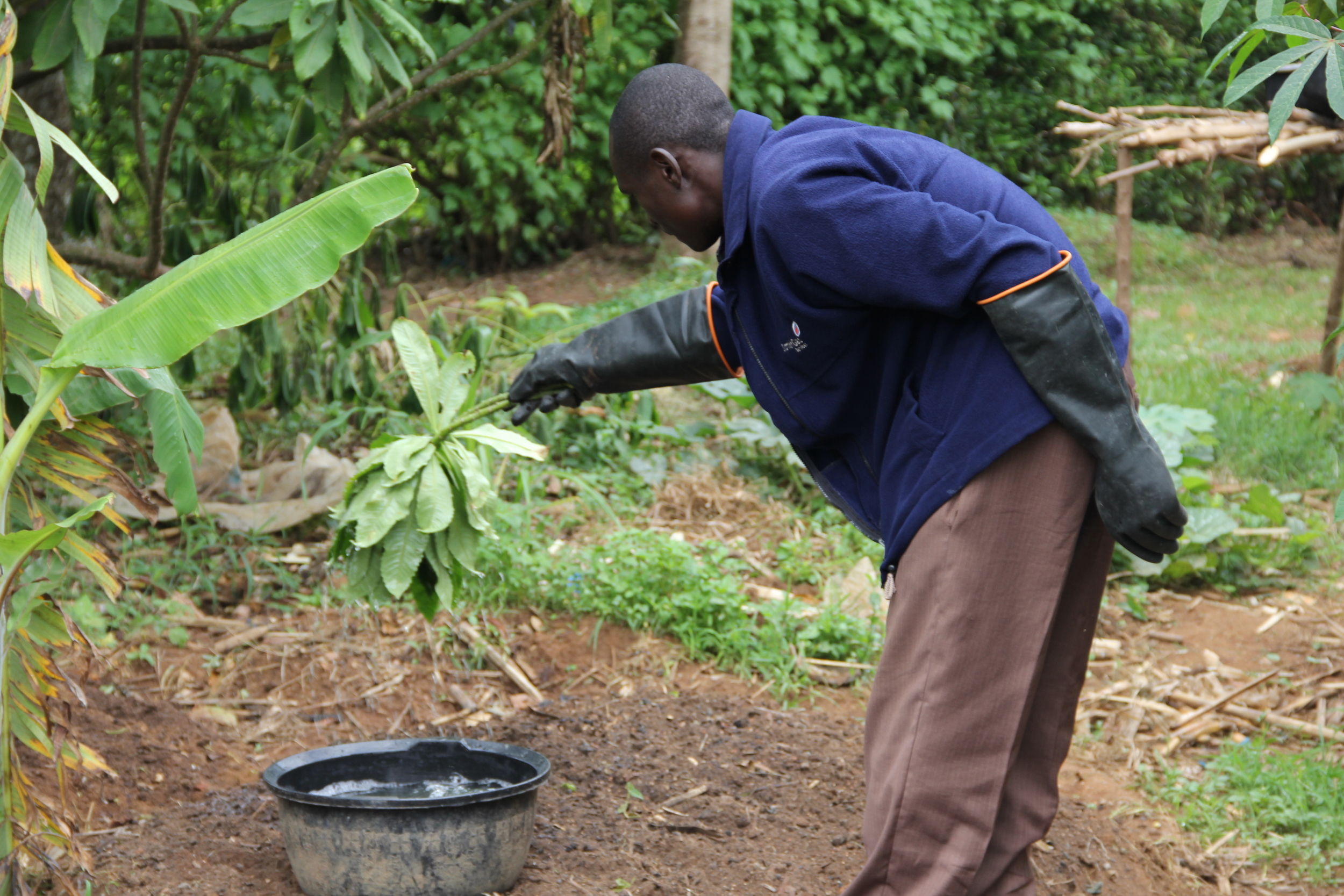statement of purpose
I believe smart, responsible business can offer unlimited opportunities for sustainable development. I design tools and processes that enable on-site fabrication, decentralized production, and sustainable, circular sanitation and agriculture systems in an effort to reduce global transport of raw materials and end goods.
Through my experience, I have seen that information transfer, rather than transport of end goods, leads to sustainable solutions. Global trade has increased carbon emissions and lead to the subjugation of developing communities, whereas the digital leapfrog in Africa has promoted innovation. I have learned also that close collaboration with academic institutions - those that can monitor and evaluate impacts in real time - is required to make a lasting, beneficial impact. In an academic setting, I will be able to further my collaborative efforts with researchers while I deepen and apply my experience in social entrepreneurship.
A short video I made in 2010 to explain re:char's work.
As a Barnard student, I took climate and sustainable development courses at Columbia that inspired me to attempt radical solutions to both atmospheric carbon dioxide concentrations and world poverty. Soon after graduating, I helped start re:char, a for-profit venture that used biochar technology, a sustainable charcoal alternative and useful soil amendment, to help smallholder farmers. I developed experimental plots in part by modifying studies by Cornell soil scientist Johannes Lehmann, wrote and edited grant applications, entered the organization in competitions with the company's founder, and researched distribution potential for its charcoal-producing kilns.
Our work utilized both physical and digital tools to develop and distribute kilns made of reclaimed steel drums, motors, and chimney pipes. To begin, we looked to the Internet for inspiration, where we discovered open-source designs on engineering blogs that helped us to prototype, test, and modify the our early pyrolizers. Next we taught ourselves to weld in rented metal shop space at 3rd Ward—a repurposed factory in Bushwick that rented equipment to artists—using video tutorials from YouTube. We cut, soldered, and welded the bits of rejected metal, eventually to apply the open-source schematics to real-world farm trials.
While leading our research team and managing communications, I expanded the scope and range of re:char’s development work. Early on I scouted a nonprofit implementation partner, ACON, in Bungoma, Western Kenya, bringing our small team to international social enterprise status and greater access to press and funding. With advisors from Austin’s Water Treatment Municipality, I secured a $100K grant from the Gates Foundation to explore additional uses of pyrolysis in waste treatment in East Africa. I also connected with Cornell’s researchers based in nearby Kisumu, Kenya to increase the clout of our private endeavors and further the academic interests of the Cornell field team. Increasingly, grantors and foundations look for public-private partnerships for larger grants, and during the first two years, the re:char team raised over $500K from grants, without losing a single share of equity. We brought on a seasoned Lead Engineer in Austin, a CTO, and a CNC table with plasma cutting capabilities for rapid fabrication.
After shipping out to rural Western Kenya, armed with little more than books by Paul Polak and a few steel prototypes, I realized that product development can and should happen by means of localized, networked innovation.
ACON was training local metalworkers to manufacture a smaller iteration of the kilns, based off the same open-source schematics re:char used—women, after all, were more interested in cooking with a low stove on the floor and were just not interested in the standing stoves re:char built. So we changed our approach, sent a shop-in-a-box—our CNC table and metalworking supplies packed in a shipping container—directly to these local engineers in Bungoma. I saw that information combined with rapid prototyping tools like 3D printing and CNC tables could begin to dissolve the distinction between engineer and user, foster stronger communication and collaboration, and leapfrog complications and costs of international shipping and design at a distance.
As VP of Social Development at Uncharted Play, another for-profit startup, I continued to use rapid prototyping technologies and unique funding and distribution strategies to deliver playful, distributed-energy-producing soccer balls to developing communities.
Funded by large corporate social responsibility (CSR) and marketing budgets from Latin American, African, and US corporations, I orchestrated programs with nonprofit and government organizations. Using the spherical teaching tools and the world’s most beloved sport, I sought to encourage young people to study engineering and explore the use of local resources. I bridged our growing company with academic powerhouses such as NYU’s School of Engineering and Columbia's Earth Institute, leveraging these partnerships in the design and management of innovation programs in San Salvador, Rio de Janeiro, and Chicago, and Tanzania.
After Uncharted Play, I returned to my agriculture technology roots: as a business development consultant for Bitponics, I integrated digital garden software and sensor technology into live demonstrations in Chelsea, Flatiron, and Brooklyn. We used open-source physical computing hardware like Raspberry Pi and Arduino combined with rapid prototyping tools like 3D printing and CNC to translate theoretical designs into real-world consumer electronics. Now as a Mechanical Engineering Post Baccalaureate student at Columbia once more, I will deepen my ability to make meaningful products while continuing to collaborate with engineers and designers, only this time I will speak their language fluently.
Consistently situated at the intersection of product and business development, academic research and startup implementation, I find the most successful projects merge these fields.
I have always tried to learn by doing in order to maximize my impact and efficacy. I would like to join in the development of the next generation of informed, conscientious, and collaborative innovation, bringing with me my enthusiasm to execute on interdisciplinary, revolutionary projects.

















































































































